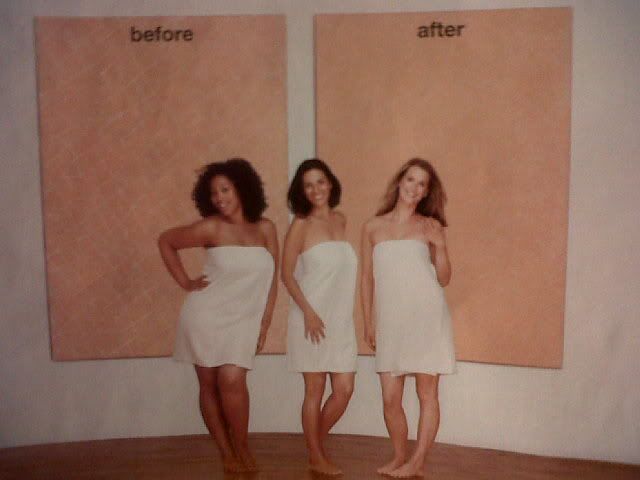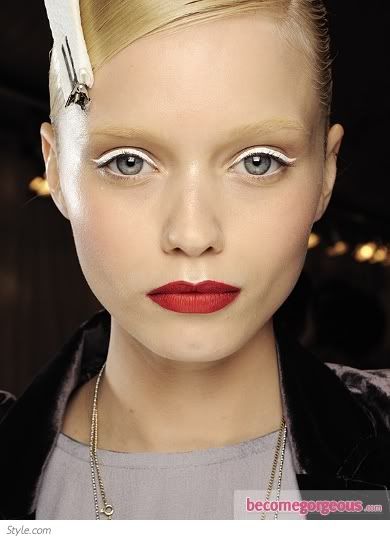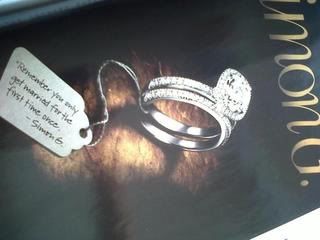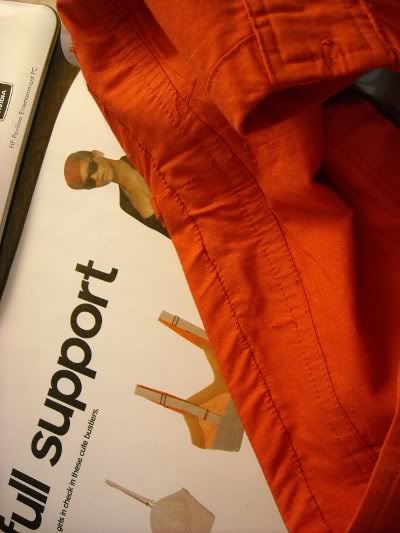Today, December 3, at 2 pm, I attended a show at New York Live Arts, formerly Dance Theater Workshop, featuring choreography by David Parker, Ivy Baldwin, Susan Rethorst, and Sidra Bell: “The Barnard Project.” It was a professional choreography showcase featuring many Barnard dance students.
The first piece, entitled “E Pluribus” and choreographed by David Parker, featured twelve dancers clad in gaudy shades of yellow. The music was an eclectic variety—including some from La Bayadere, some sacred-sounding music in Latin, an American folk song, and “Downtown” by Tony Hatch. In this piece they made a lot of sounds with their bare feet, including by tap dancing. It had its cute moments and its funny moments, but they didn’t come until later on. The beginning was honestly pretty boring. The dancers walked around, thumping the ground once in a while with a heel or their toes, doing small movements in a repetitive pattern. They didn’t walk well, though. They weren’t strong modern walks in the style of Graham or Taylor, and they weren’t ballet walks. They were some awkward kind of in-between thing, and unfortunately I don’t think it was on purpose. It just seemed like none of the dancers knew how to walk well.
Next was a piece by Ivy Baldwin, called “Howl.” I hated the costumes for this. I sort of thought they were supposed to be of a conservative, housewife, Fall-ish theme, but even that is kind of broad and doesn’t describe much of anything. This dance featured a lot of wiggling, jiggling, wagging, waving, gyrating, convulsing, percolating, and shaking. A lot of the moves looked like things I would do (actually things I probably have done at some point) for fun. I was mostly interested and entertained during this piece, although I felt it was lacking in formations, patterns, unison, and other factors that tend to bring a piece together and make it whole. And I didn’t like one of the dancers. I didn’t think she was holding her center. If I weren’t a dancer, it probably wouldn’t bother me, but I can tell, so I was bothered.
After intermission was “Jazz out of Water,” a piece by Susan Rethorst in collaboration with the dancers. Maybe collaborating with the dancers wasn’t a good idea. During this piece, I leaned over to Devon at one point and informed her that I was going to slit my wrists. The piece was mostly in silence, except for the few times a few bars of some dull jazz music played and then faded back out. I don’t remember anything cool or interesting from this piece, and in fact it was the first time I’ve ever watched a show and thought, man, I wish they would do an arabesque or a pirouette or something! It was all just slowly walking, and moving arms, and sitting on the ground, and then not sitting on the ground, and I don’t even remember because I was staring into space. I was awoken a couple times by the strobe-like stage lighting that served no other discernable purpose than to remind the audience that people were dancing. I clapped because this piece was over.
Last was Sidra Bell’s work “Mass Observation.” The dancers began by coming down the audience stairs in a line on each side. They faced the stage and moved their arms like drones. I almost got poked in the eye by a gloved finger. I wasn’t sure where to look, because there were two dancers onstage, but there were also dancers next to me, and what if I was supposed to watch them? Were they important? Leda calls this “making the audience watch a tennis match,” because your head goes back and forth from one place to another. There was a lot of that in this piece, and in the show in general. Ultimately I decided on the dancers who were on the stage, because if I turned my head to the right I was looking at a man’s shiny American Apparel copper leggings-clad butt. American Apparel should have been paying royalties to this show, for the amount of their clothes the dancers wore. (And as a side note, they should have cut the tags from the leggings. The tags gave everyone a weird lump in the middle of their backsides.)
I liked this last piece best of all of them (which isn’t saying much!), because at least they moved sometimes. There was still a lot of foot stomping, arm gesticulating, and wiggling—the theme of the show—but out of all the pieces, I felt this one had the most instances of interesting movement. I didn’t “get” it; was it about a shiny-butt fierce runway diva drone army from outer space? But I was impressed by many of the dancers and I felt that this choreography showcased them the best. For the most part, though, the mood of the piece just made me feel nervous.
The dancers who were in this show are probably great, well-trained, talented dancers, but I couldn’t tell you that for certain, because all I saw them do was meaningless movement that didn’t require much technique. Not that a lot of it wasn’t interesting, or innovative, but I think in order for me to enjoy a show, it has to be a mixture of things I recognize and things that are new and surprising and interesting. Or, maybe it can all be new and weird and different, but well-organized and executed. It’s hard to pinpoint, but whatever the golden combination is, this show was lacking part of it. When I see a dance show, I like to feel something. I like it when I have an emotional response to the dancing that lasts with me long after the show is over. I didn’t get that from The Barnard Project.











